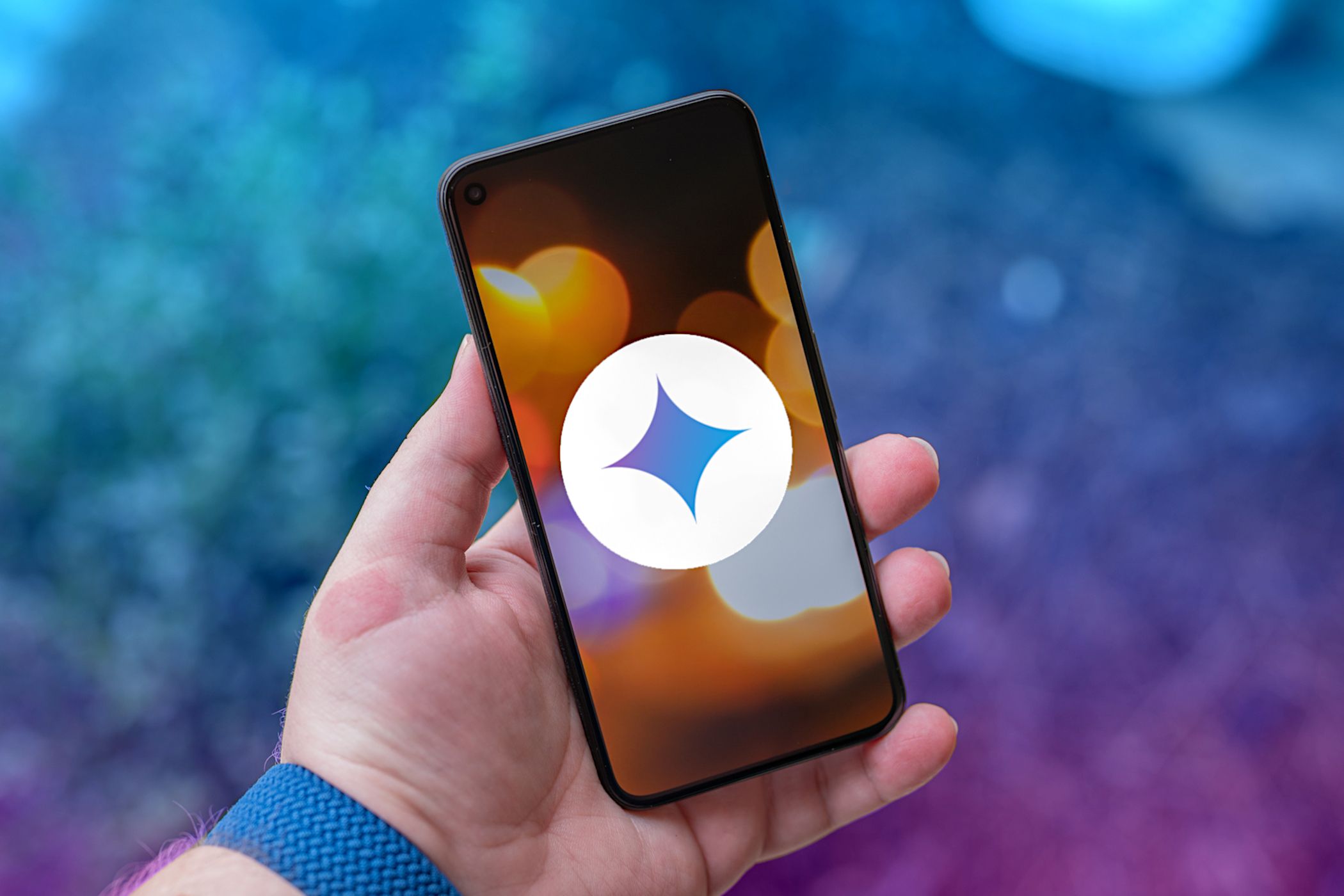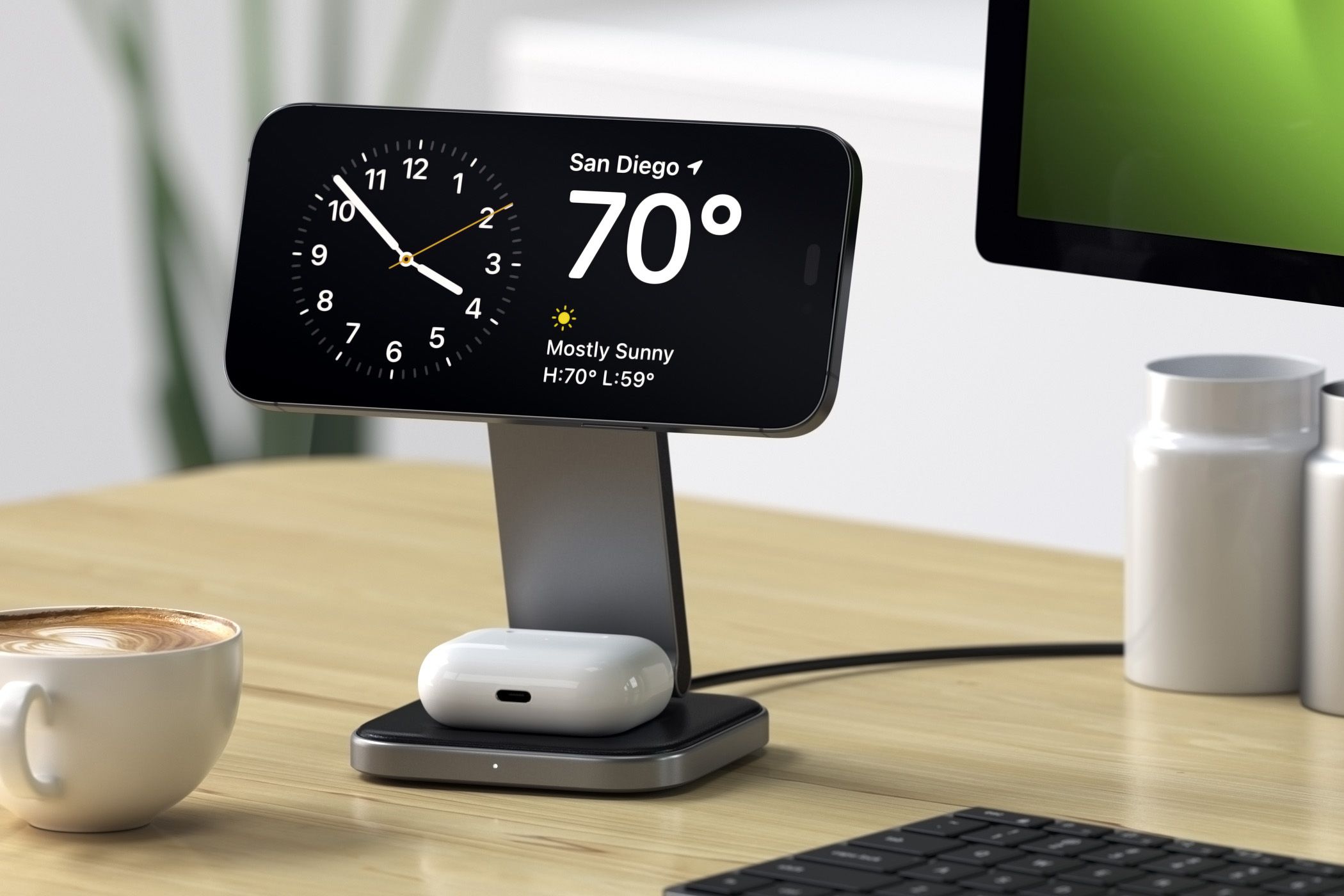iPhone 16e vs. iPhone SE 3: The Budget iPhone Gets a Complete Overhaul
Apple iPhone
Quick Links
-
iPhone 16e Doesn’t Look Like the iPhone SE 3 (At All)
-
iPhone 16e’s Screen Is Bigger, Brighter, and Better
-
A18 vs. A15 Bionic: Apple’s Favorite Comparison
-
iPhone 16e Gets a 48MP Primary Camera
-
Battery Life Gets a Huge Upgrade as Well
-
Apple Debuts Its First In-House Modem With the iPhone 16e
-
iPhone 16e Costs $120 More Than the Equivalent iPhone SE 3
Summary
- The iPhone 16e features an OLED screen, the A18 chipset that supports Apple Intelligence, and other improvements to battery life and camera.
- The iPhone SE 3, on the other hand, is the last iPhone with the iconic “Home button” look though it lags modern offerings with its aging chip and camera.
- Given that Apple has finally released a new “affordable” iPhone after three years, the iPhone 16e is a more compelling option for anyone purchasing new in 2025.
Though they don’t belong to the same lineup, the iPhone 16e and the iPhone SE 3 share the philosophy of being “affordable” iPhones with all the basic features. Let’s see how three years of evolution have impacted the iPhone 16e.
iPhone 16e Doesn’t Look Like the iPhone SE 3 (At All)
With the broad forehead and chin bezel, the Home Button at the bottom, and a circular camera cutout on the back, the 2022 iPhone SE had an iconic look that Apple cherished for almost a decade. However, the iPhone 16e looks nothing like it.
Apple’s iPhone 16e looks like an iPhone 14 slapped on top of the iPhone SE. The ‘e’ variant borrows its edge-to-edge screen (with a notch at the top) from the iPhone 14 and its glass back (with the camera cutout) from the iPhone SE.
In the late 2010s, the iPhone SE was considered a compact smartphone. However, as manufacturers started equipping their handsets with big screens, the definition of ‘compact’ changed. Today, the baseline iPhone 16, with a 6.1-inch screen, is called a compact flagship.
Hence, even though the iPhone 16e is significantly taller, wider, and thicker than the iPhone SE 3, it belongs to the same category of compact, easy-to-hold smartphones better suited for one-handed usage in 2025. And yes, the iPhone 16e weighs 23 grams more than the iPhone SE 3.
While the iPhone SE 3 had an alert slider, the iPhone 16e sports the programmable Action Button. The former was available in three colors, red, white, and black, but the latter only in black and white finishes. The IP rating has also gone up from IP67 on the SE to IP68 (up to 6m for 30 minutes) on the 16e.
Though both phones have an aluminum frame and glass back, the iPhone 16e features Ceramic Shield glass on the front, which is more durable than the ion-strengthened glass on the iPhone SE 3.
iPhone 16e’s Screen Is Bigger, Brighter, and Better
The iPhone 16e has a 6.1-inch Super Retina XDR OLED screen with a sharper resolution of 2532 x 1170 pixels (460 ppi) and a higher peak brightness of 1,200 nits.
This is a monumental advancement over the iPhone 2022 iPhone SE’s 4.7-inch Retina HD IPS screen that had a resolution of 1334 x 750 pixels (326 ppi) and supported a peak brightness of 625 nits.
While the iPhone SE’s screen had a contrast ratio of 1400:1, the iPhone 16e raises it to 2,000,000:1. The new iPhone’s display can produce noticeably deeper blacks, enhanced dynamic range, and a better visual experience.
At the top of the iPhone 16’s screen is a notch that houses the Face ID sensors; that’s a first for an affordable iPhone model, too. Unfortunately, the Home Button with Touch ID is gone.
A18 vs. A15 Bionic: Apple’s Favorite Comparison
Apple has a habit of comparing a new iPhone or MacBook chip with a two- or three-year-old version, as it inflates the relative performance gains. This year, however, we’ll compare the A18 chip on the iPhone 16e to the A15 Bionic chip on the iPhone SE 3.
It doesn’t matter where we start, as the iPhone 16e is leaps and bounds ahead of the 2022 iPhone SE. Not only is the 4.05GHz CPU on the A18 substantially more powerful than the 3.23GHz CPU on the A15 Bionic, it is based on the more efficient 3nm fabrication technology (as opposed to 5nm).
Both chips feature a quad-core GPU, but the one on the iPhone 16e can handle AAA video games with hardware-accelerated ray tracing for more realistic lights and reflections. The 16-core Neural Engine on the A18 can handle all the GenAI features the company calls Apple Intelligence.
With a capable chipset, the iPhone 16e features 8GB of memory, twice that of the iPhone SE 3. While the former has 128GB of storage on the baseline variant, the latter started with a 64GB variant. For all intents and purposes, the iPhone 16e’s performance is closer to that of the iPhone 16 than that of the 2022 iPhone SE.
Regarding software support, the 2022 iPhone SE received the iOS 18 update in September 2024 (without the Apple Intelligence features) and will continue receiving software support for a few more years. This isn’t a question for the iPhone 16e, as it runs on iOS 18 out of the box.
iPhone 16e Gets a 48MP Primary Camera
The iPhone SE 3 had a 12MP (f/1.8, OIS) back camera that captured decent images and 4K 60 fps video. It also provided features like portrait mode with depth control, Photographic Styles, QuickTake Video, and stereo audio recording; pretty standard stuff. On the front, the phone had a 7MP (f/2.2) selfie shooter, which can record 1080p video at 30 fps.
The iPhone 16e gets a 48MP (f/1.6, OIS) back camera sensor from the iPhone 16, which can capture much more detail. It also gets features like 2x lossless zoom, night mode, 4K Dolby Vision recording (up to 60 fps), Spatial Audio recording, wind noise reduction, and Audio Mix. The 12MP (f/1.9) selfie camera supports autofocus and can record 4K Dolby Vision videos.
Battery Life Gets a Huge Upgrade as Well
While the iPhone SE 3 can last up to 15 hours of offline video playback, the iPhone 16e can last up to 26 hours, a 73% increase. When it comes to streaming videos, the iPhone 16e can provide up to 21 hours of playback, more than twice that of the iPhone SE (10 hours).
This is possible due to a larger physical battery and a more efficient processor. Both phones can be charged up to 50% in 30 minutes with a 20W adapter (or higher). Regarding wireless charging, a Qi-certified charger should work for both phones.
Apple Debuts Its First In-House Modem With the iPhone 16e
For the first time since the iPhone’s inception, the iPhone 16e features an in-house 5G cellular chip: the C1 modem (4nm baseband). This is a huge deal, given that the company has been working on developing a stable modem for six years (since it acquired Intel’s smartphone modem division in 2019).
According to Apple, it is the most power-efficient modem on an iPhone (ever), which is why the iPhone 16e promises an exceptional battery life (longer than the iPhone 16). Further, the modem provides “fast and reliable 5G cellular connectivity.” Although Apple must have conducted thorough testing, I’m excited (and a bit nervous) to see how the modem performs in real life.
The iPhone SE 3, on the other hand, features the Qualcomm X60M modem (5nm baseband), similar to that on the iPhone 13. I’ve used an iPhone 13 for over two years, and I can’t remember facing any network-related issues (except when there were outages from the service provider’s end).
Both iPhones support sub-6GHz 5G (4×4 MIMO on the iPhone 16e vs. 2×2 MIMO on the iPhone SE 3), Wi-Fi 6, GPS, GLONASS, Galileo, QZSS, and BeiDou. The newer iPhone has Bluetooth v5.3, as opposed to Bluetooth v5.0 on the older variant. It also has the Emergency SOS via satellite feature and the second-generation ultra-wideband chip for Precision Finding via the Find My network.
A downside for some users could be the absence of mmWave connectivity on the iPhone 16e, but the iPhone SE 3 didn’t support it either. Coming to another major change, the new iPhone gets a USB-C port instead of the Lightning port on the SE (but it still maxes out at 480 Mbps).
iPhone 16e Costs $120 More Than the Equivalent iPhone SE 3
Apple has launched the iPhone 16e at $599 for the baseline variant with 128GB of storage. Currently up for pre-orders, the iPhone will hit stores starting February 28, 2025.
The iPhone SE 3, on the other hand, arrived at $429 for the baseline variant with 64GB of storage, while the 128GB variant went for $479. The iPhone 16e is $120 more expensive than the iPhone SE 3’s 128GB variant.
|
iPhone 16e |
iPhone SE 3 |
|
|
64GB |
– |
$429 |
|
128GB |
$599 |
$479 |
|
256GB |
$699 |
$579 |
|
512GB |
$899 |
– |

iPhone 16e
$599.99 at Apple
$599.99 at T-Mobile
Apple is demanding a premium for the iPhone 16e, and I believe the premium is justified. For an additional $120 over the iPhone SE 3, the iPhone 16e offers a bigger and brighter screen, much better performance, picture quality, battery life, and USB-C connectivity. It also looks and feels like a contemporary iPhone.
The iPhone SE 3 doesn’t make a lot of sense in 2025, and Apple has stopped selling it. But if you still want an iPhone SE 3, you’ll need to hunt one down at a third-party retailer for a discounted price.

























